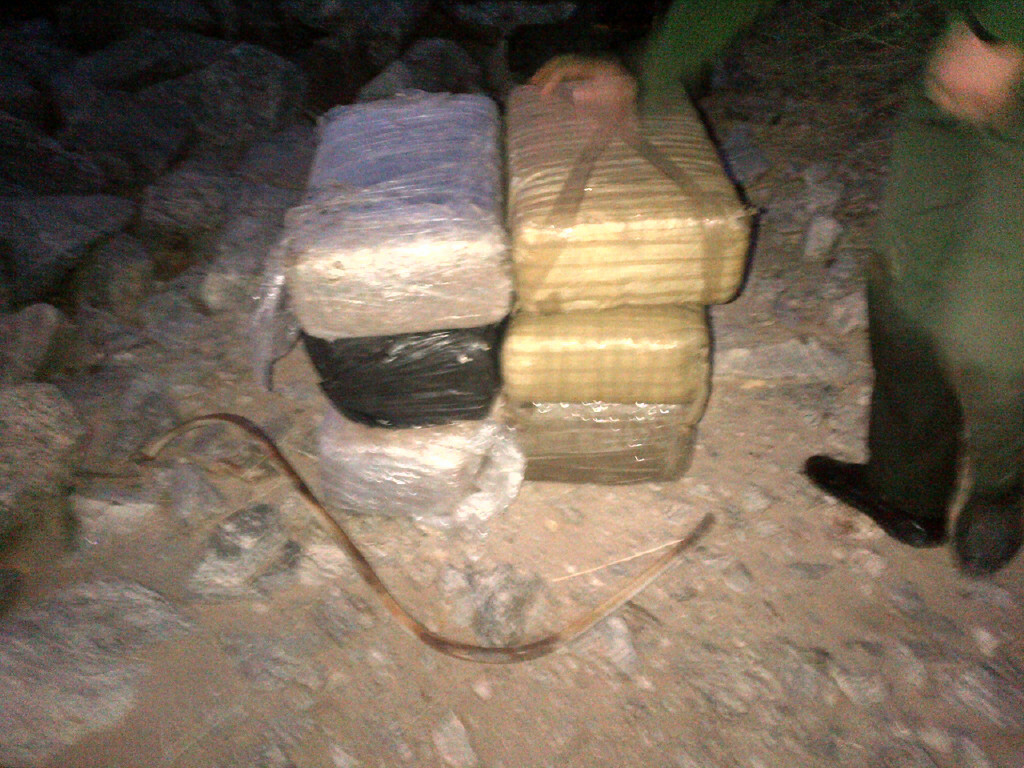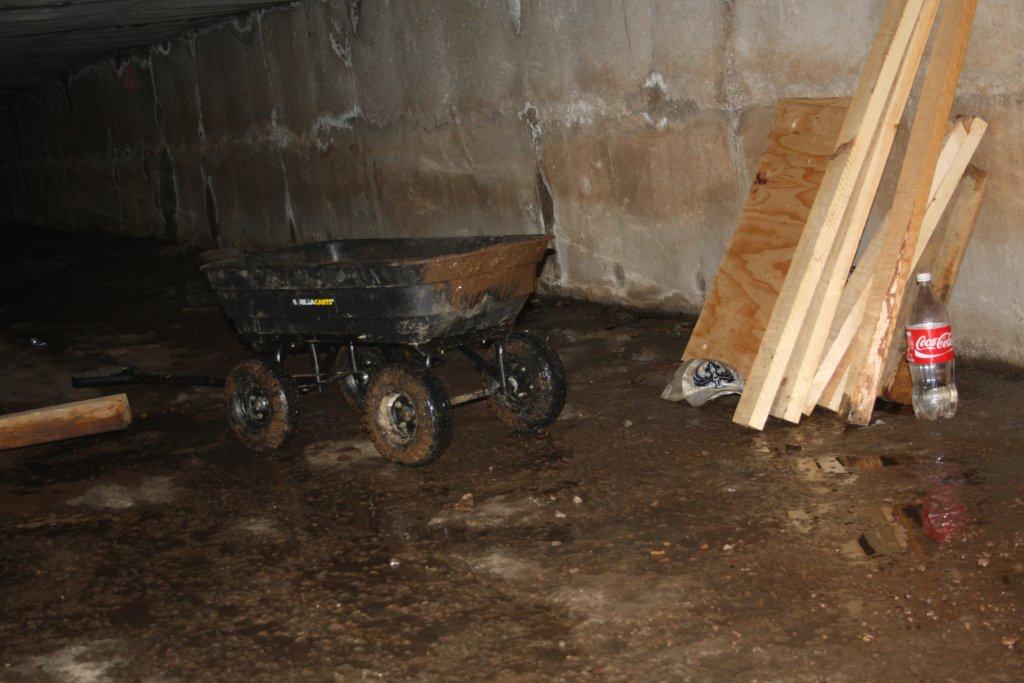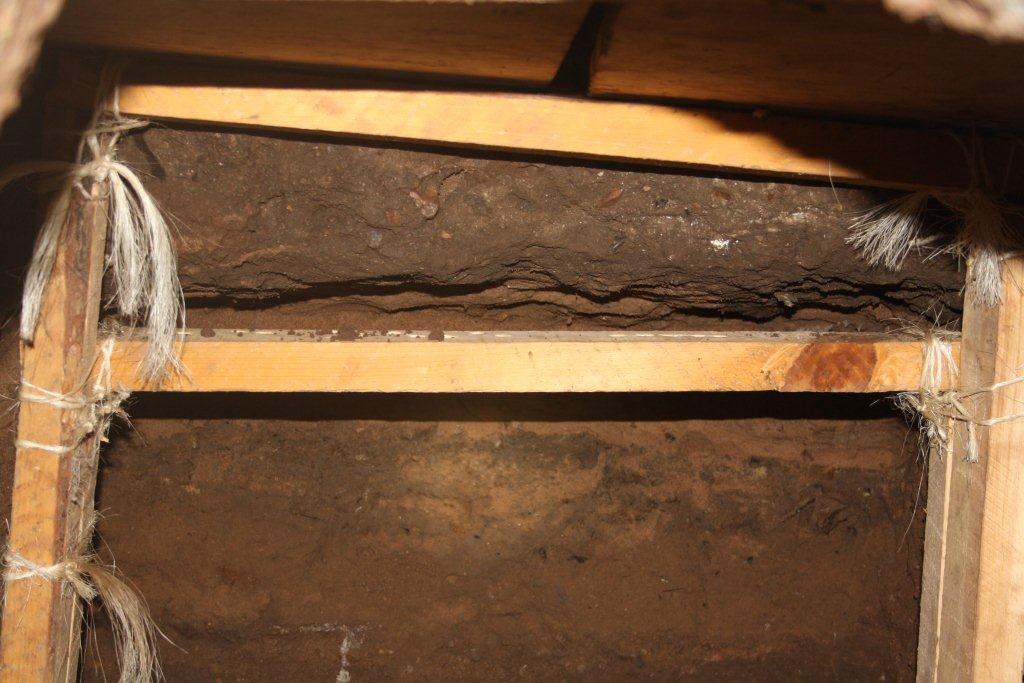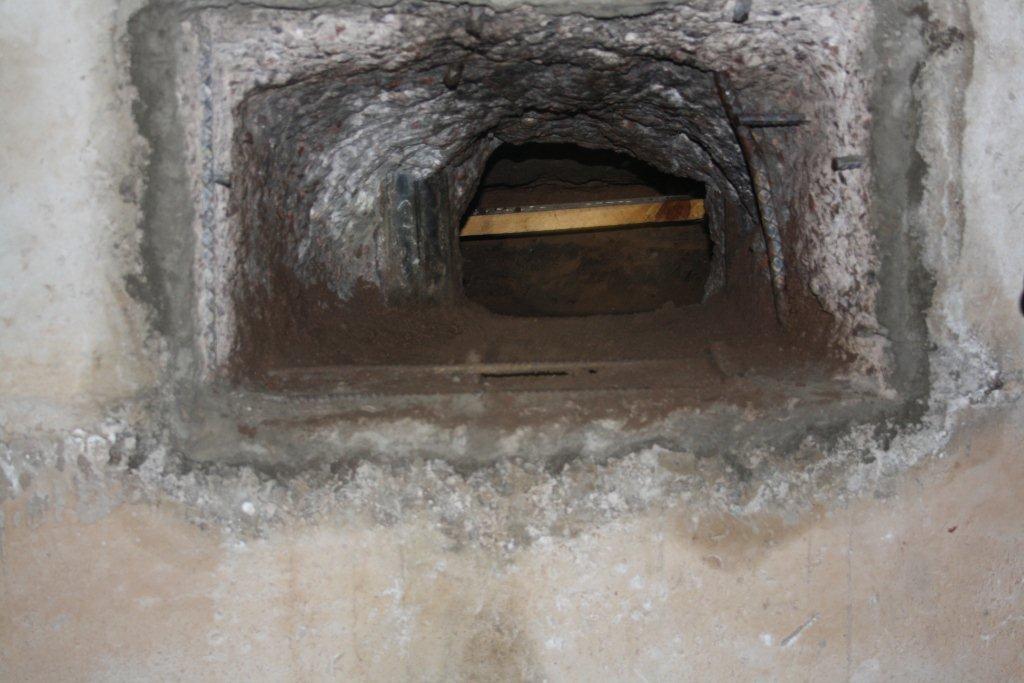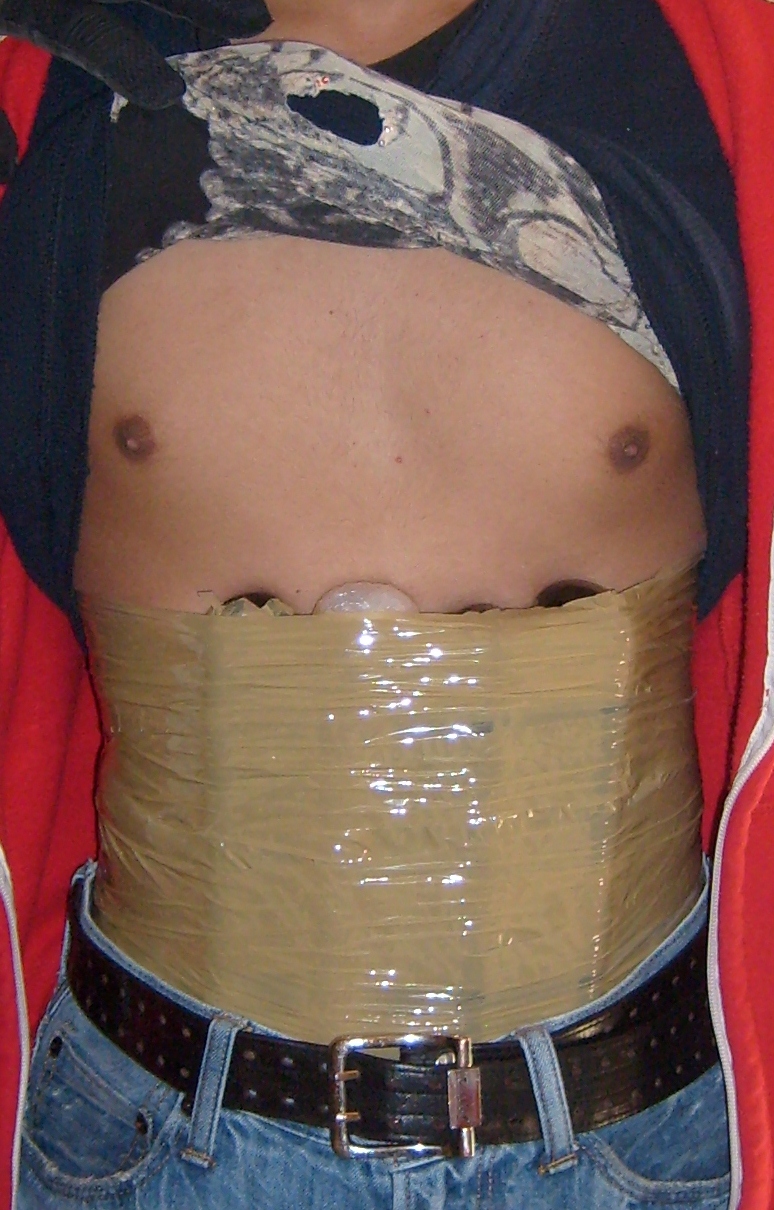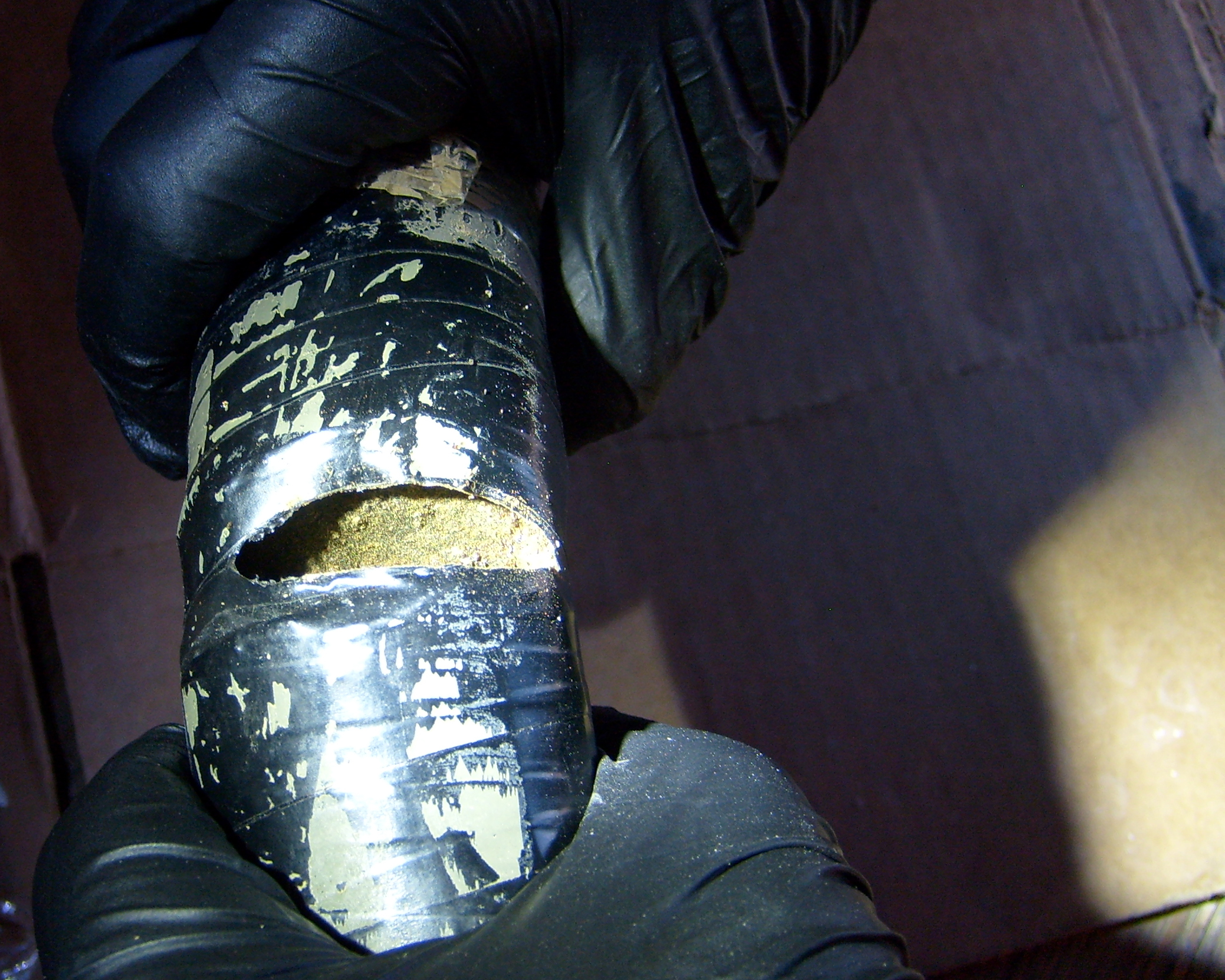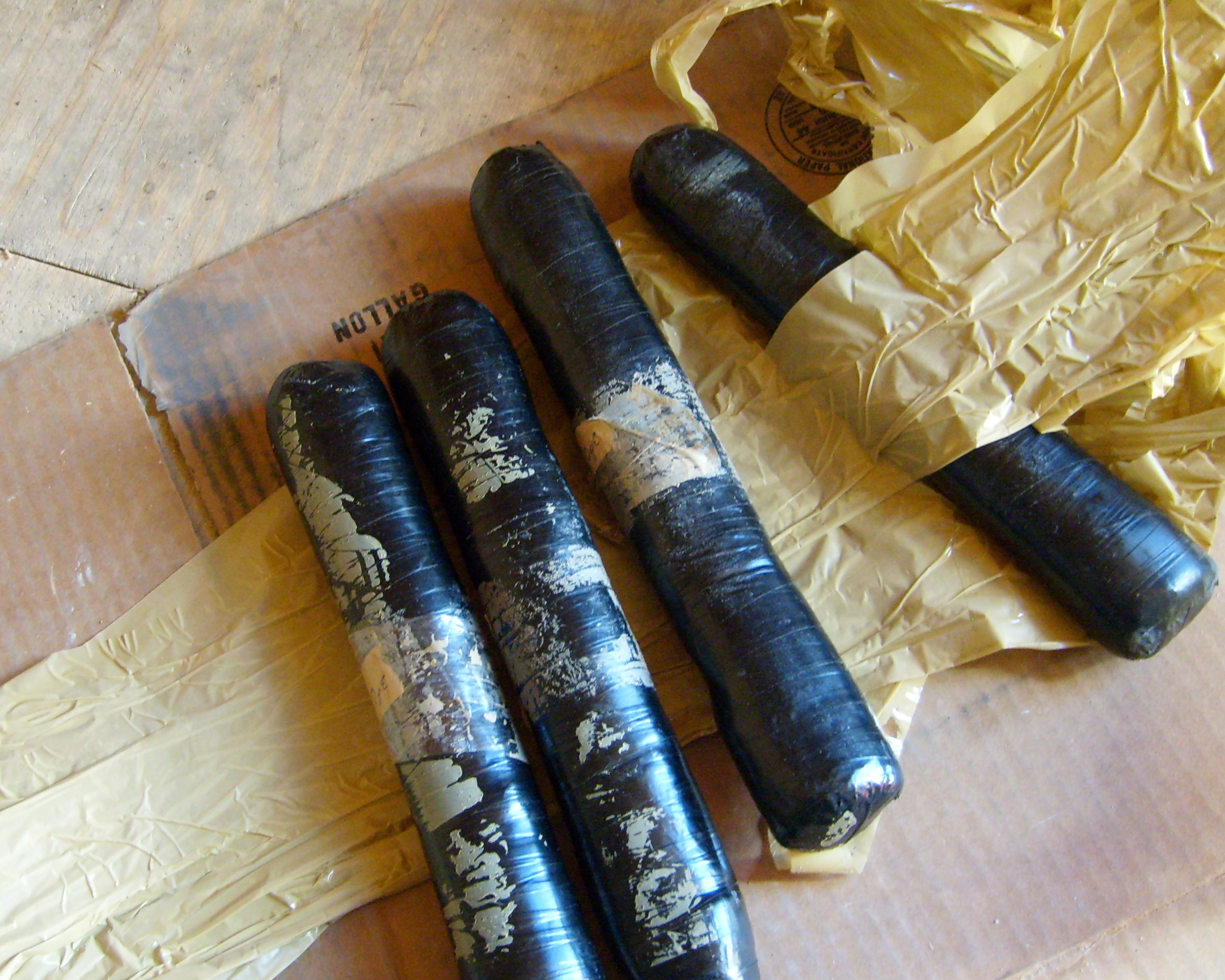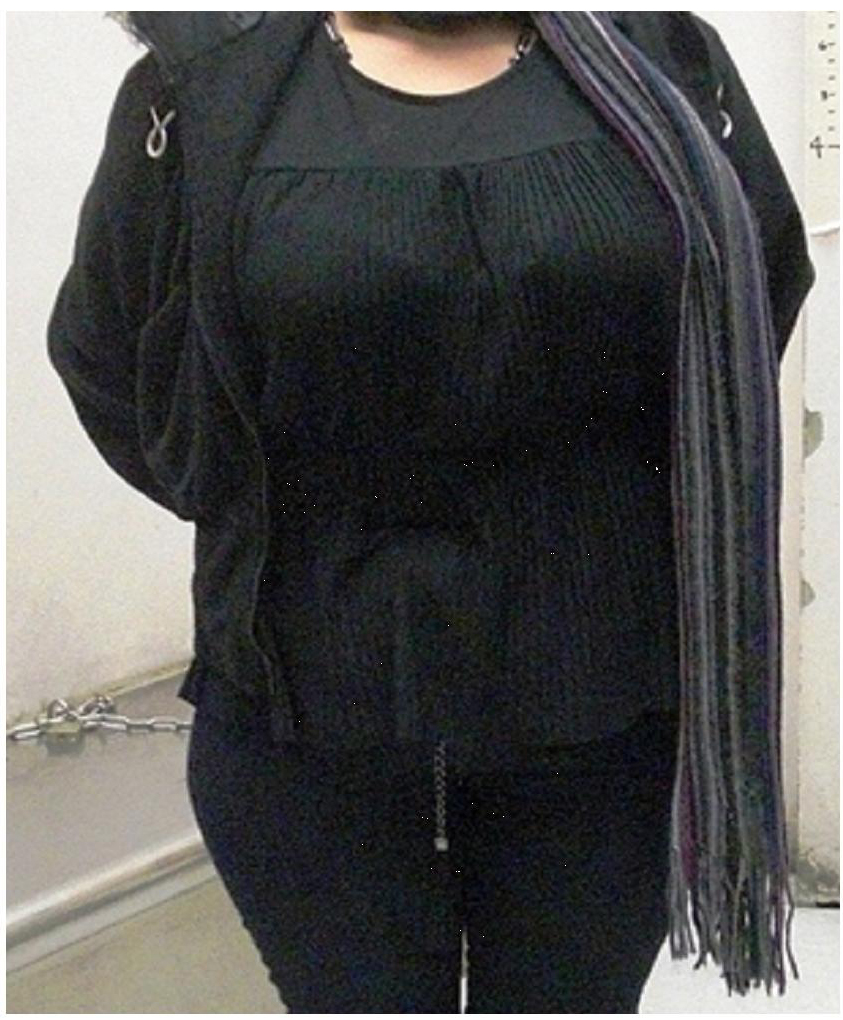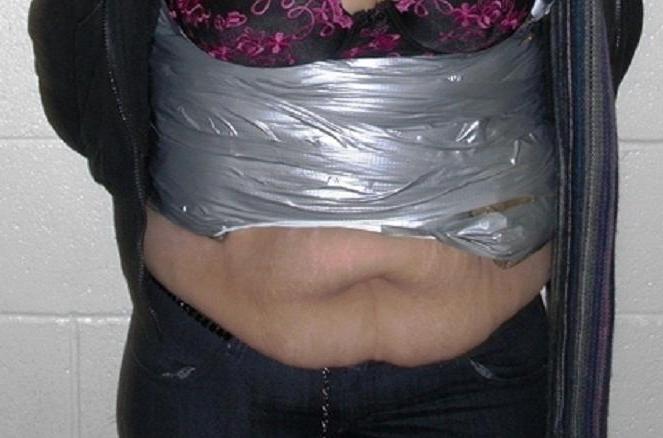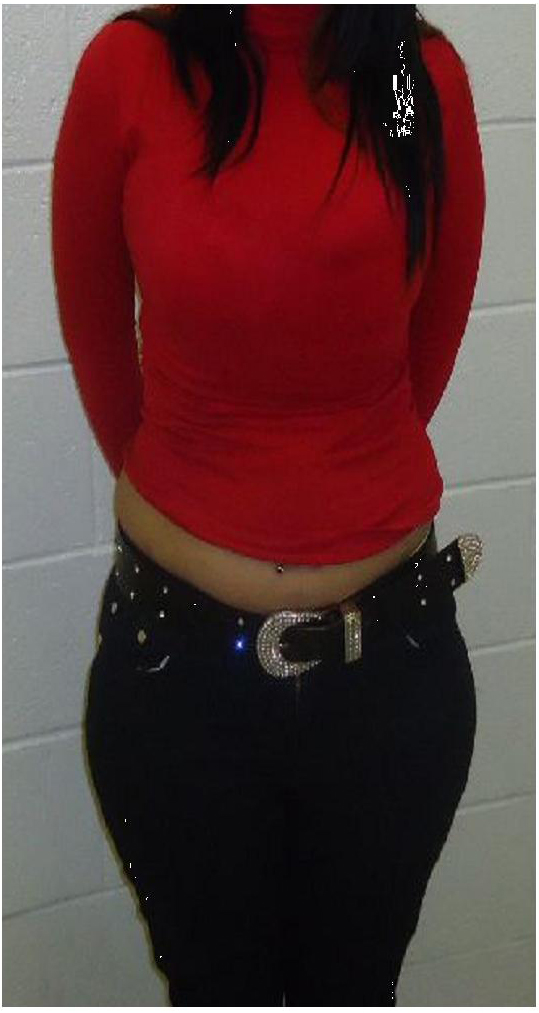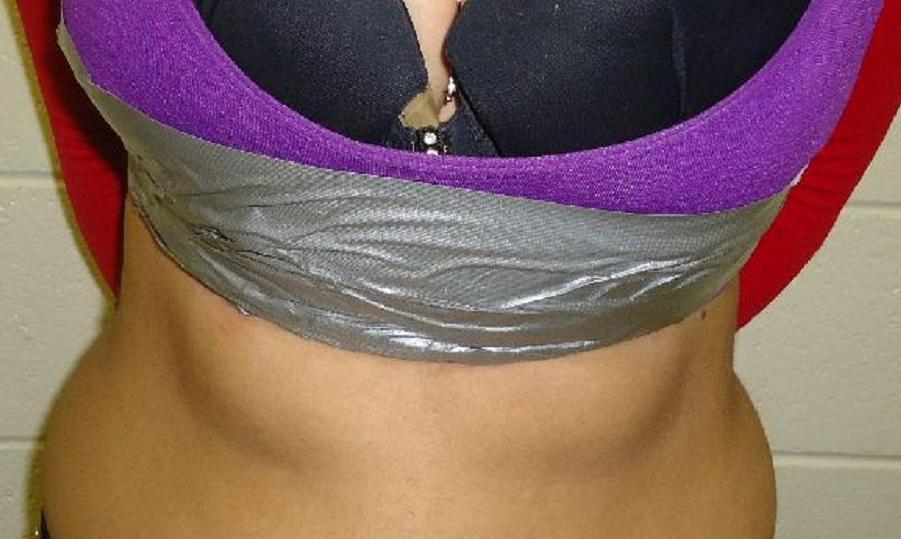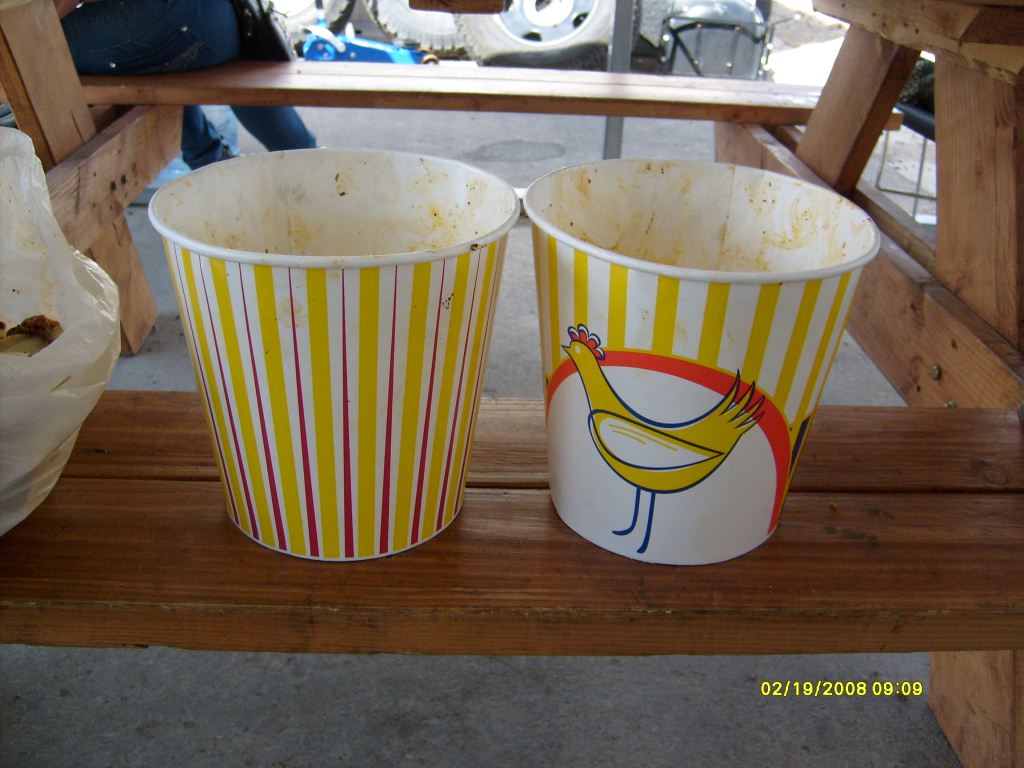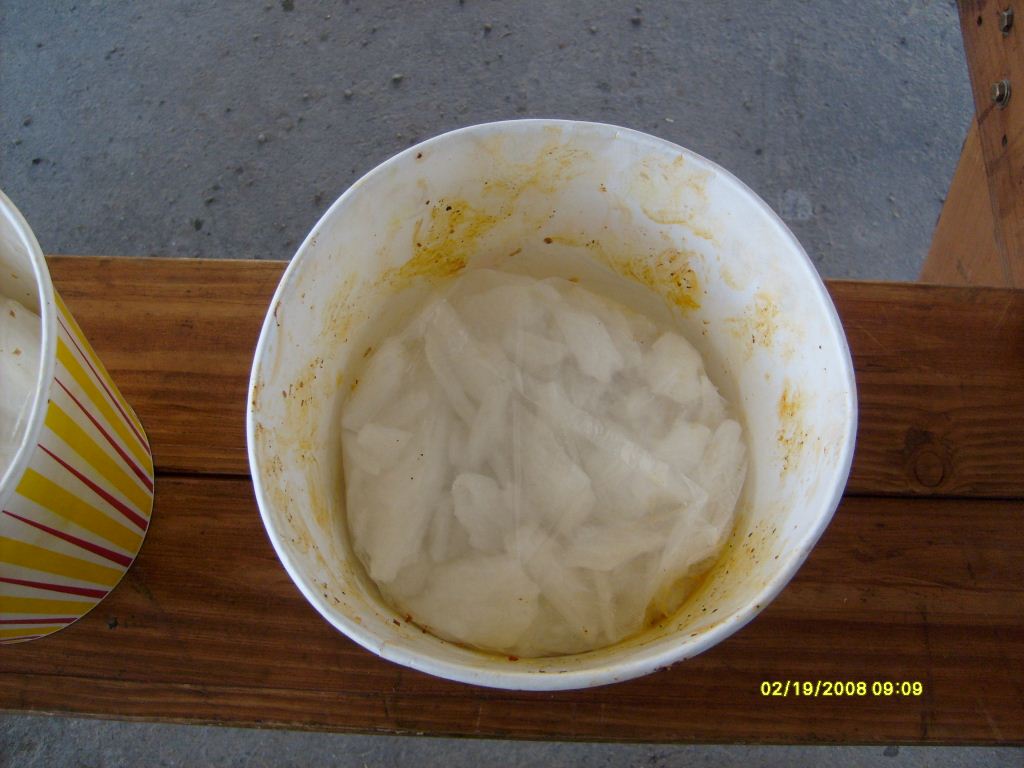Drug busts are a big part of Border Patrol coverage, and it’s a topic that agents are often happy to discuss. As part of my work for Tucson Sentinel, I’ve been logging the incidents Border Patrol reports to the press in the righthand column of my weekly border roundups.
Last week’s edition featured an unusual amount of photos provided by Border Patrol of some cases that demonstrate both regular smuggling activity – and a few especially inventive attempts – that I discussed with Border Patrol Agents Jeremy Copeland and Jason Rheinfrank.
Customs and Border Protection’s Yuma Air Branch spotted suspects hiding bundles of marijuana in brush along the Colorado River near the U.S.-Mexico border about 5:30 Thursday evening. They notified Border Patrol agents who arrived on scene to seize the narcotics.
Photos like these of marijuana bales in the brush, as well as stuffed vehicles (though none this week), are a staple of Border Patrol pressers.
Mexican federal police arrested a suspect discovered digging in an incomplete smuggling tunnel west of Nogales’ Dennis DeConcini Port of Entry during a joint U.S.-Mexican border sweep on Friday morning. The eight foot tunnel did reach five feet across the border but did not open up on the U.S. side. The sweep was part of “a binational patrol designed to systematically check existing infrastructure for vulnerabilities.” The patrol included federal police from Mexico, agents from Border Patrol’s Nogales Station and the The Border Enforcement Security Task Force “BEST” Nogales Tunnel Task Force.
At a national level, BEST units include “more than 750 law enforcement officers from more than 100 federal, state, local, tribal and foreign law enforcement and intelligence resources.” They operate at major seaports and both borders.
“The good thing here is the continued cooperation with these law enforcement agencies being able to identify and discover these tunnels and dismantle them, make them unusable,” Copeland said.
Nogales is one of the busiest areas along the border for the task force, which not only locates but typically “remediate” the tunnels.
“They’ve gone into it and made sure that there’s nobody in there, no narcotics or weapons or anything in the tunnel and they’re ready to seal it off,” Copeland said. “They’ll actually go in and pump that full of concrete and totally make it unusable again.”
More in the full Tucson Sentinel article and Arizona Daily Star coverage which gave great tunnel context.
Border Patrol reports that Tucson Sector agents seized more than one million dollars worth of narcotics this weekend in three separate incidents, including a total of 11 pounds of brown-tar heroin (estimated value $130,000). Nogales Station agents at the I-19 checkpoint stopped two Mexican nationals, each smuggling 4.5 pounds of brown-tar heroin on Friday. Nogales Station agents at the I-19 checkpoint apprehended a 23-year-old U.S. citizen who’d concealed 1.75 pounds of heroin underneath his clothes on Sunday.
“They can try any type of method but the most common that we see in stuff like this is usually body carriers,” said Border Patrol Agent Jason Rheinfrank.
“The smuggling operations, you know they know that we’re on top our game, it’s harder to pass through, so they usually pass it in smaller amounts in hopes to get it through the checkpoints, through the border, or through the field,” he said.
The payment for attempting to smuggle heroin varies greatly.
“I don’t know what the dollar figure is, usually what they tell us it differentiates so much there’s no set number,” Rhienfrank said. “It depends case by case, some of the carriers are professionals they’ve been doing it their whole life —it’s all they know — and others are coerced into it.”
The combined value of the intercepted heroin is $130,000, Rhienfrank said.
That makes it more valuable to carry in small amounts than drugs like marijuana which are often bundled into larger amounts and packed into cars like the abandoned 2004 Chevy Suburban that Casa Grande Station agents discovered Sunday after following up on a tip. That vehicle turned out to have been reported stolen out of Avondale.
Stolen SUV’s are also a regular feature in smuggling operations, often stuffed with bales of bulkier product like marijuana – and therefore also another staple of Border Patrol pressers. I’m not a car person and haven’t tracked this, but purely according to what I’ve noticed, Chevy Tahoe’s seem to be especially popular lately.
More in the full Tucson Sentinel article.
For this week’s roundup (not out yet) I also spoke to a U.S. Customs and Border Protection spokesperson who was not asked to speak on the record discussed how a recent batch of women smuggling drugs under their clothes may indicate a new smuggling trend with an unique challenge – how to raise public awareness and education while not putting the women on display
In all three incidents, U.S. Customs and Border Protection agents at the Dennis DeConcini Port in Nogales apprehended the women as they attempted to enter the U.S.
On Monday, a 37-year-old woman from Fresno, California was apprehended when a drug dog alerted them to the presence of drugs in her Dodge sedan. Additional inspection revealed eight pounds of methamphetamine (estimated value more than $123,000) were discovered wrapped around her torso.
On Wednesday, a female Mexican national, 18, was apprehended when a drug dog alert triggered additional inspection that revealed 3.4 pounds of heroin (estimated value $47,000) tucked under her clothing as she attempted to enter the U.S. through the pedestrian lane – a case strikingly similar to that on the 21st when another 18-year-old Mexican woman attempting to enter the U.S. through the pedestrian lane was apprehended when additional inspection revealed 13.4 ounces of heroin tucked inside her bra.
While body carriers are familiar to U.S. Customs and Border Protection, three such similar cases trending towards young women may indicate that smugglers are experimenting with a shift in strategy.
And then there’s the case I’ve seen reporters have the most fun writing about so far:
Breaking Bad reality show: @cbparizona finds packets of meth stashed in women’s buckets of chicken. twitter.com/borderreporter…
— Michel Marizco (@borderreporter) February 22, 2013
Border Patrol reports that Nogales agents at the I-19 checkpoint arrested two female passengers, now facing federal prosecution, from a commercial shuttle van on Thursday after they discovered six bags of methamphetamine concealed in two buckets of chicken (nearly six pounds, estimated valued $58,700).
It’s possible that the smugglers trying to mask the meth from detection by drug-sniffing dogs, Copeland said.
“The canines do work by smell and we’ve seen in the past a lot of different smugglers have tried different techniques to mask the odor of narcotics by using different things,” he said. “In this particular case using fried chicken it was not successful because they were caught and arrested and now they’re facing federal prosecution.”
The smuggling attempt was discovered by agents working a secondary inspection area, Copeland said, rather than by BP dogs.
And when it came to the question my editor most wanted to know:
“As far as what happened after they made the seizures, I’m not sure what they did with the actual chicken,” Copeland said in an interview.
More in the full Tucson Sentinel article.

